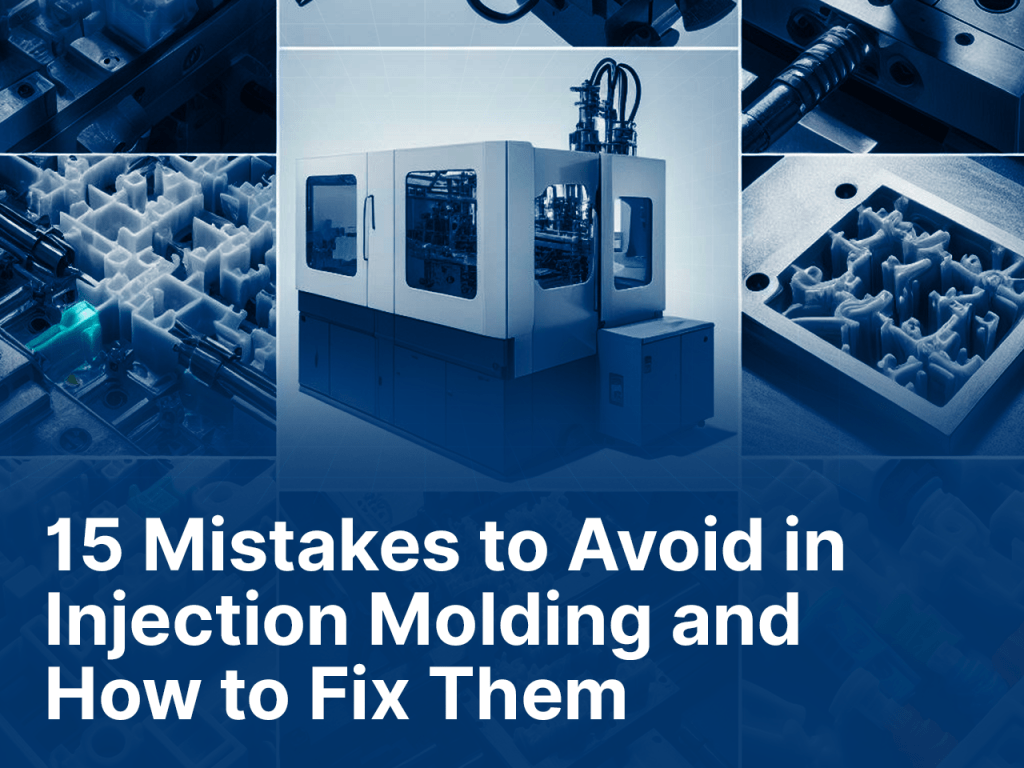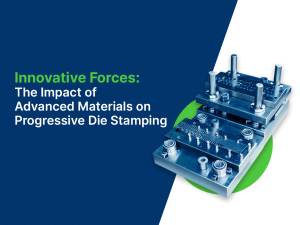| Mistakes | Cause | Consequence | Solution/ Precaution |
| Underestimating Material Selection | Lack of expertise in material properties or an inadequate evaluation of material requirements. | Poor part performance, material incompatibility, and potential safety issues. | Thoroughly research and select the right material for the specific application and environment conditions. |
| Neglecting Material Shrinkage | Failure to account for material shrinkage during design. | Deviations from desired part dimensions, fitment issues, and potential product failure. | Account for the expected material shrinkage during design phase by adjusting dimensions accordingly, ensuring the final part matches the intended specifications. |
| Inadequate Wall Thickness | Lack of awareness of material-specific wall thickness requirements or cost-cutting efforts. | Structural weakness, warping and sink marks in part. | Ensure uniform wall thickness throughout design, follow material specific guidelines. |
| Inconsistent Wall Thickness | Lack of attention to maintaining uniform thickness in design. | Structural weaknesses, warping sink marks, and uneven cooling | Add fillets or radii to corners and edges to distribute stress evenly and prevent structural weaknesses and cosmetic imperfections. |
| Sharp Corners and Edges | Oversight of the need for fillets or radii. | Stress concentration, potential part failure, and cosmetic defects. | Add fillets or radii to corners and edges to distribute stress evenly and prevent structural weaknesses and cosmetic imperfections. |
| Ignoring Draft Angles | Rushing the design phase or overlooking the importance of draft angles. | Difficulty in part ejection, potential damage to the mold, and surface defects. | Incorporate appropriate draft angles to facilitate smooth ejection and reduce friction. |
| Overlooking Ribs and Bosses | Insufficient consideration of material flow or cosmetic requirements during design. | Weakness in the part, potential warping, cooling irregularities. | Carefully design ribs for added strength and bosses for fastening points, ensuring they enhance the part’s performance without causing production issues. |
| Complex Geometries | Pursuit of intricate designs without considering their manufacturability. | Increased tooling and production costs, longer lead times, and manufacturing challenges. | Simplify designs when possible without compromising functionality or performance. |
| Neglecting Gate Placement | Insufficient consideration of material flow or cosmetic requirements during design. | Visible gate marks on the part, uneven material flow, and cosmetic defects. | Carefully select gate locations based on part design, material, and cosmetic requirements. |
| Not considering Tolerances | Unrealistic expectations or an excessive focus on precision. | Difficult and expensive manufacturing, potential issues with part assembly. | Specify tolerances that are realistic and necessary for the part’s function. |
| Ignoring Simulation Tools | Unawareness of simulation benefits, cost considerations, or resistance to change. | Potential defects, production delays, increased costs, and design errors discovered late in the manufacturing process. | Prototype and test designs to identify and address issues early in the process. |
| Skipping Prototyping and testing | Rushing into production without validating the design. | Costly design errors, potential production issues, and delayed time to market. | Prototype and test designs to identify and address issues early in the process. |
| Inadequate Venting and Cooling | Underestimating the importance of proper venting and cooling. | Trapped air or gases, leading to defects, and uneven cooling causing warping. | Design proper venting channels and cooling passages to optimise material flow and cooling. |
| Complex Ejector Systems | Overcomplicating the mold design without considering maintenance. | Increased mold complexity and cost, potential maintenance challenges. | Keep the ejection system as simple and efficient as possible for cost-effectiveness and ease of maintenance. |
| Lack of Communication with Mold Maker | Miscommunication or lack of collaboration between designers and mold makers. | Miscommunication or lack of collaboration between designers and mold makers. | Maintain clear and open communication with the mold maker to ensure the mold aligns with the design specifications. |

Engineering
Manufacturing
Prototyping
Software Development
AI for Manufacturing
Engineering
Manufacturing
Prototyping
Software Development
AI for Manufacturing








